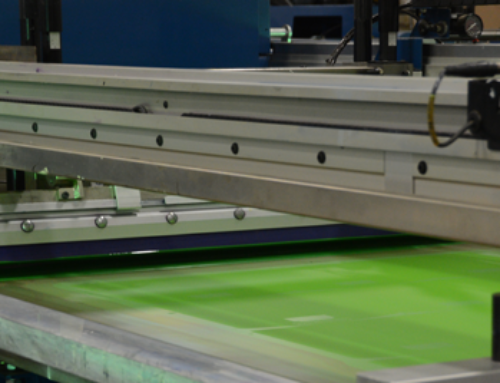Around election season, you see them virtually everywhere: political signs. Whether on street corners, front yards or sprinkled around downtown, these forms of signage blanket the region in the run up to voting day. But with just about every town holding a special election at one point or another, it’s not unusual to see campaigns throughout the year.
NGS Printing specializes in attractive, high volume campaign signage. It raises the question, however: Do these fairly straightforward messaging systems actually pay off? Are there any studies suggesting that political signage does, in fact, strike a chord with the audiences they intend to reach?
Several studies conducted over the years
It largely depends on the desired aim, as several studies over the years have investigated the direct or indirect value of political signs. A 2016 study led by Jonathan Krasno, a political science professor at New York’s Binghamton University, found that while they didn’t boost voter turnout appreciably, campaign signs did help with name recognition, one of the primary factors that people frequently use to decide who they should select for an elected position.
“We did see some evidence of increased vote share,” Krasno told the Chicago Tribune. “That is, a candidate with a lot of signs did better where they had signs than where they didn’t have signs.”
Another analysis on the effectiveness of political signage, published in the journal Electoral Studies in 2016, came away with similar conclusions. As reported by the Concord Monitor, signs helped to enhance voting share by about 2 percentage points after researchers analyzed four randomized trials of candidates running for Congress, mayor and county office positions in several states. Researchers evaluated signage effectiveness based upon whether they were posted in a particular area and how many votes candidates received in communities or districts where they were set up.
But even in instances where they weren’t positioned, political signage paid dividends.
“Results … provide some evidence that the effects of lawn signs spill over into adjacent untreated voting precincts,” researchers noted in the study’s abstract.
“Campaign signs can be cost effective.”
Campaign signs are also fairly cost effective, as money is finite on the campaign trail. There’s a variety of ways to spread the word when running for town clerk, assessor or animal control officer, among others. They include cold calling, door-to-door canvassing, direct mailers, question-and-answer sessions and referrals. A 2009 study found that signs cost less on a per-voter return basis than phone calls, mailers and door-to-door methods. More specifically, according to Northeastern University political science professor Costa Panagopoulos, they increase voter turnout by over 3 percent for just $1 per vote, The Sentinel reported.

What are some of the best practices with political signs?
It isn’t enough to merely create campaign signage and be done with it. If that’s all there was to it, everyone would use them. There’s a bit more to it in order to make political signs stand out.
In addition to bold colors and typeface, political signs are best printed on corrugated plastic. Otherwise known as Coroplast, corrugated plastic is a lightweight material ideal for outdoor usage and thus political signage. Coroplast is among the least expensive rigid material options in the industry because it uses cross flutes for strength (like cardboard) instead of filler between the front and back print surfaces. Coroplast is an extruded polypropylene-based plastic sheet which is durable, waterproof and inexpensive. Because it is weather resistant, colors stay bolder for longer in summer and are less susceptible to tearing during windy winters. Plus, Coroplast is dual-sided, so you can print the same or different information on either side, which helps gives you more bang for your signage buck.
Most commonly, Coroplast political campaign signage is used for yard signs. Step stakes are made of welded steel wire that can be pushed into the ground on one side and pushed into the side profile of the Coroplast on the other. The step stake wire installs to the sign by sliding into the fluted side profile of the Coroplast material. With metal step stakes, the sign stays put upon placement into the ground. Other attachment options to windows, wall and the like may include Velcro, suction cups, or double-sided adhesive.
Whether your run for office is close to home or spans the country, the signage systems at NGS Printing can help put your campaign on the map with those you aim to reach. We have the means, material expertise and equipment to handle all your messaging needs with top-of-the-line screen printing equipment and a G7 Master qualification in digital printing, screen printing and proofing for 10 years running. Please contact us to learn more.



